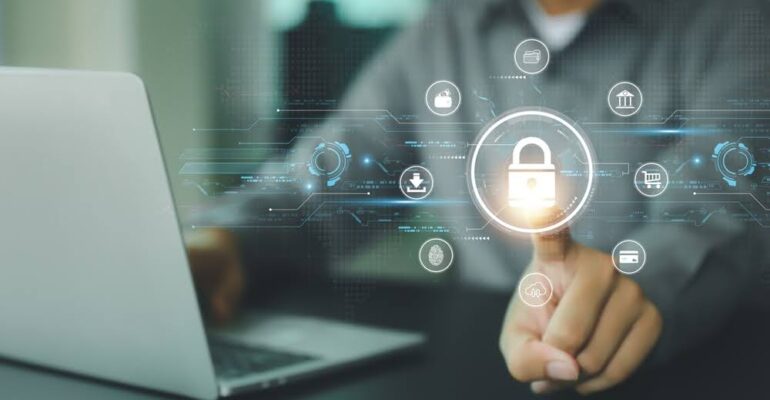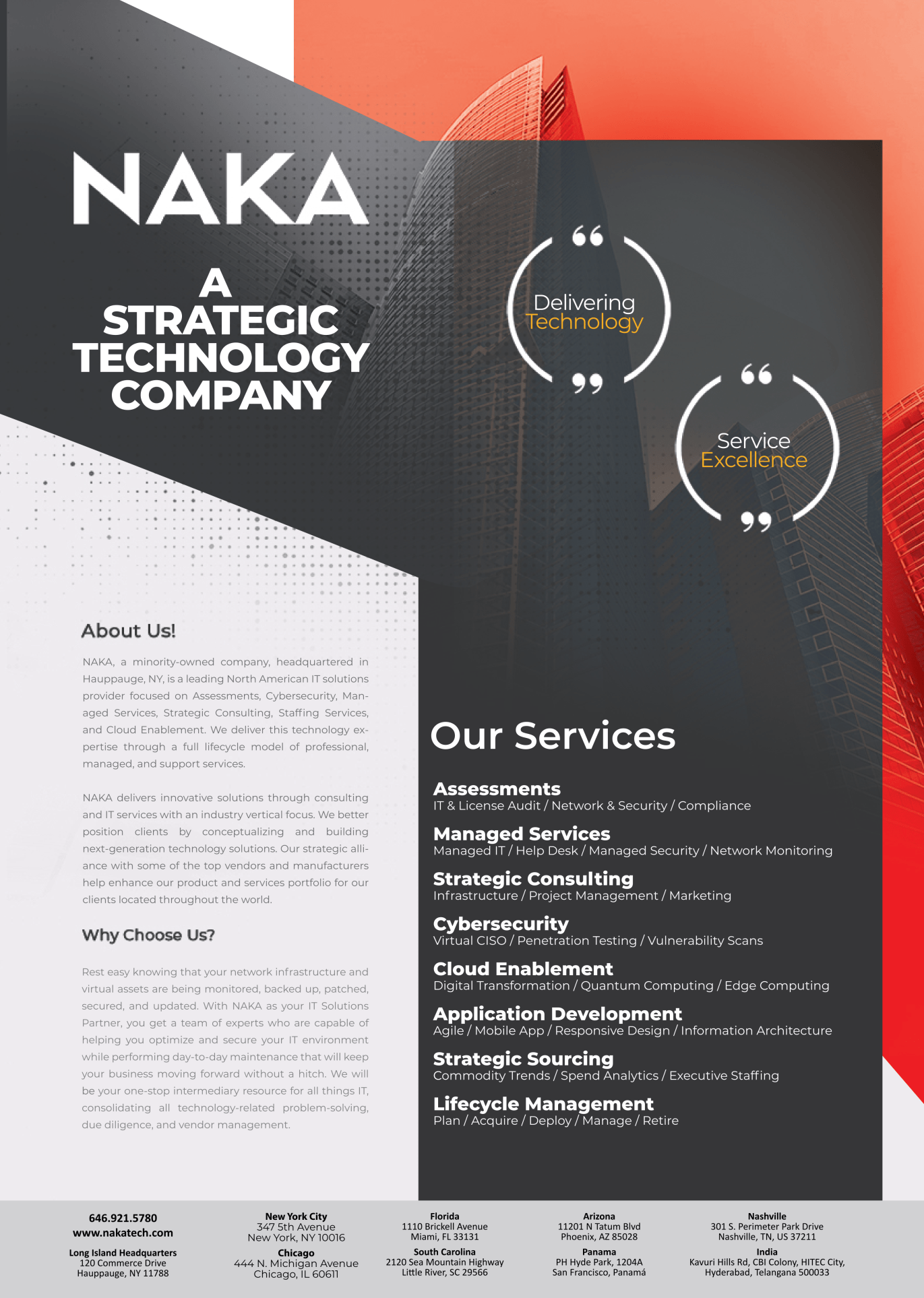Protecting People and Data: Crucial Intersection of Physical Security and Data Privacy

Protecting People and Data: Crucial Intersection of Physical Security and Data Privacy
In an era where our lives intertwine with technology, the protection of both physical spaces and digital information has become inseparable. This blog aims to unravel the intricate relationship between physical security and data privacy, emphasizing the critical need for comprehensive protection strategies.
Understanding Physical Security
Physical security involves protecting people, assets, and places from unauthorized access, damage, or harm in the real world. It’s all about safeguarding physical spaces, like buildings or offices, using measures like locks, gates, security personnel, and surveillance cameras. This type of security aims to create a safe environment, controlling who can enter or access certain areas, and ensuring that valuable things and individuals are kept secure. Physical security is crucial for keeping places and people safe in the physical, tangible world we live in.
Data Privacy in the Modern Landscape
Data privacy involves safeguarding sensitive information collected, processed, and stored by organizations. In today’s digital landscape, where data breaches make headlines, preserving the confidentiality, integrity, and availability of personal and corporate data is paramount. Regulations like GDPR (General Data Protection Regulation) and CCPA (California Consumer Privacy Act) have heightened the importance of data privacy, demanding responsible data handling practices from organizations.
The Strong Connection Between Physical Security and Data Privacy
Here’s where things get interesting! Imagine someone breaking into a highly secure building and stealing important computer files. This is where physical security and data privacy meet. If a place’s physical security is breached, it can lead to important data falling into the wrong hands. Likewise, if there’s a data breach, it can lead to physical security problems, like allowing unauthorized access to restricted areas.
Why Integrated Protection Matters
Think of physical security and data privacy as two superheroes teaming up. When they work together, they make a powerful duo! Integrated protection means using both physical security measures, like locks and cameras, and digital security tools, like encryption and passwords, together. This way, even if one layer of defense is breached, the other helps to keep everything safe.
The Convergence of Physical Security and Data Privacy
The convergence of physical security and data privacy is not merely a theoretical connection; it’s a tangible reality. A breach in physical security can directly impact data privacy and vice versa. For instance, unauthorized access to a server room can lead to the theft of sensitive data. Conversely, a cyberattack compromising data can escalate into physical threats by manipulating access control systems or targeting individuals through compromised information.
-
Real-world Examples of Convergence
Consider the scenario of a company experiencing a data breach due to a cyberattack. This breach could potentially expose not only sensitive information but also compromise the physical security infrastructure. Cybercriminals might exploit this breach to gain access to restricted areas or manipulate surveillance systems to cover their tracks.
-
Integrated Strategies for Comprehensive Protection
To effectively mitigate risks in this interconnected landscape, integrated security strategies are paramount. This involves combining physical security measures like surveillance cameras, access control, and security personnel with robust digital security tools such as encryption, firewalls, and intrusion detection systems.
-
The Role of Technology in Convergence
Technological advancements play a pivotal role in merging physical security and data privacy. Innovations like AI and machine learning empower predictive analytics, enabling proactive threat identification and response across both realms. Additionally, blockchain technology offers opportunities for secure data storage and transaction integrity, enhancing overall data security.
Best Practices for Comprehensive Protection
-
Integrated Security Systems
Integrated security systems bring together various security measures (like surveillance cameras, access control systems, and cybersecurity protocols) to work together seamlessly. When these systems work together, they provide a more complete view of security threats, making it easier to detect and respond to potential risks.
-
Employee Training
This involves educating employees about the importance of physical security and data privacy, teaching them how to identify potential threats, and guiding them on proper security protocols. Well-trained employees act as an additional layer of defense against security breaches. They understand the significance of following security procedures, reducing the chances of accidental breaches.
-
Encryption and Authentication
Encryption involves scrambling data to make it unreadable without the proper decryption key. Authentication ensures that only authorized individuals can access certain data or systems. Encryption and authentication add layers of protection to sensitive information, making it significantly harder for unauthorized individuals to access or manipulate data.
-
Regular Audits and Assessments
Regularly reviewing security measures, conducting audits, and performing risk assessments help identify vulnerabilities and areas that need improvement. These assessments provide insights into potential weaknesses in security systems, allowing organizations to address issues before they become serious threats.
Technological Advancements and Future Trends
-
Artificial Intelligence and Machine Learning
Artificial Intelligence and Machine Learning are like super-smart assistants for security systems.Artificial Intelligence and Machine Learning are technologies that enable systems to learn from data, identify patterns, and make decisions without explicit programming. They improve security by predicting potential threats, analyzing security footage for unusual activities, and automating responses to security breaches.
-
Blockchain Technology
Challenges and Ethical Considerations
-
Balancing Physical Security and Data Privacy
Striking a balance between keeping people and data safe while respecting their privacy can be tricky. Sometimes, ensuring high-level security might involve invasive measures that can encroach upon individual privacy.
-
Ethical Use of Data
Handling data ethically means using it responsibly and respecting people’s rights. It involves obtaining consent before collecting personal information and ensuring that data is only used for its intended purpose.
Conclusion
Physical security and data privacy are not disparate concerns; they are intertwined in safeguarding both people and information. Implementing integrated strategies and staying abreast of technological advancements are imperative for comprehensive protection in this evolving landscape.



